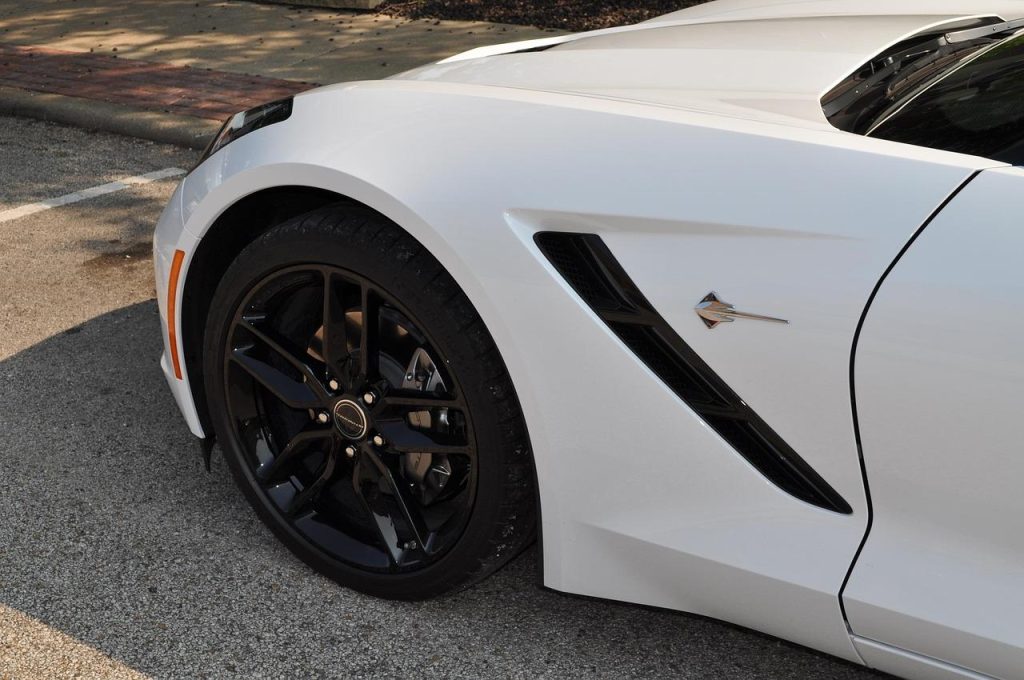Starting out as a new driver is an exciting milestone, but it also brings a host of responsibilities—one of the most important being auto insurance. Navigating the world of car insurance can feel overwhelming, especially with so many options, terms, and coverage types to consider. Whether you’re buying your first policy or just looking to understand how to get the best deal, knowing the right tips can make all the difference. In this article, we’ll break down essential auto insurance advice every new driver should know to stay protected on the road without breaking the bank.
Table of Contents
- Understanding Policy Options for New Drivers
- Key Factors That Influence Your Premiums
- Essential Coverage Types to Consider
- Smart Ways to Lower Your Auto Insurance Costs
- Wrapping Up
Understanding Policy Options for New Drivers
When selecting coverage, new drivers should focus on finding policies that balance protection with affordability. Many insurers offer specialized packages tailored for young or inexperienced drivers, which often include discounts for completing driver’s education courses or maintaining good grades. It’s essential to understand the core components such as liability coverage, which protects you if you’re at fault in an accident, and collision coverage, which covers damage to your vehicle. Additionally, consider adding comprehensive insurance to safeguard against theft, vandalism, or natural disasters.
Different insurers approach risk assessment uniquely, so don’t hesitate to shop around. Pay attention to these key factors that can influence your premium:
- Driving history and age restrictions
- Vehicle type and safety ratings
- Usage frequency and annual mileage
- Available discounts, such as bundling with other policies
Understanding these elements helps new drivers make informed decisions and ensures they’re getting adequate coverage without breaking the bank.
Key Factors That Influence Your Premiums
When determining your insurance premiums, companies weigh several critical elements that reflect your risk as a driver. Driving history plays a significant role—accidents, traffic violations, and claims all raise red flags and can push your costs higher. Additionally, the type of vehicle you own is scrutinized; safer, more reliable, and lower-value cars typically cost less to insure. Insurance providers also consider your geographic location, as urban areas with higher traffic and theft rates often lead to steeper premiums compared to rural settings.
Other factors include your age, gender, and credit score, which help insurers assess your general risk profile. Young and inexperienced drivers usually face higher rates because statistically, they’re more prone to accidents. Lower credit scores can signal a higher likelihood of filing claims, influencing your premium as well.
- Mileage: The more you drive, the higher the chance of an accident, increasing premiums.
- Coverage level: Opting for comprehensive or collision coverage adds to your total cost.
- Deductible amount: Higher deductibles can lower monthly premiums but mean more out-of-pocket expenses when a claim is made.
Essential Coverage Types to Consider
When selecting an auto insurance policy, understanding the range of coverage options available can make a significant difference in both your protection and premium costs. Liability coverage is a must-have, as it covers damages and injuries you may cause to others in an accident. Without this, you could face hefty out-of-pocket expenses or even legal consequences. Additionally, collision coverage is essential if you want your own vehicle repaired after a crash, while comprehensive coverage protects against non-collision-related incidents like theft, vandalism, or natural disasters.
Beyond the basics, consider adding personal injury protection (PIP) or medical payments coverage to handle medical expenses after an accident, regardless of fault. For new drivers, opting for uninsured/underinsured motorist coverage can provide peace of mind against drivers who lack adequate insurance. These extra layers not only safeguard your finances but also boost your confidence on the road as you gain driving experience.
- Liability Coverage: Protects others from your damages and injuries.
- Collision Coverage: Covers repair costs after accidents involving other vehicles or objects.
- Comprehensive Coverage: Shields your car from non-accident-related damage.
- Personal Injury Protection (PIP): Pays for medical expenses regardless of fault.
- Uninsured/Underinsured Motorist Coverage: Covers damages caused by drivers without sufficient insurance.
Smart Ways to Lower Your Auto Insurance Costs
When trying to reduce your auto insurance premiums, it’s crucial to evaluate not just the policy but your overall driving profile. Maintaining a clean driving record is one of the most effective ways to keep costs down. Insurance providers reward drivers with no claims, accidents, or violations by offering lower rates. Additionally, consider driving less if possible, as mileage impacts risk assessments. Using telematics programs that track safe driving habits can also lead to discounts, making your cautious behavior directly profitable.
Another strategy involves savvy policy management. Bundling your auto insurance with other policies, such as renters or home insurance, often unlocks multi-policy discounts. Choosing higher deductibles can also slash your monthly premiums but requires a readiness to pay more out-of-pocket if you file a claim. Be sure to review your coverage yearly; as your vehicle ages, dropping comprehensive or collision coverage might make sense. Finally, don’t hesitate to shop around—insurance rates vary widely, and comparison shopping maximizes your ability to find a budget-friendly policy that still meets your needs.
- Maintain a spotless driving history
- Participate in safe driving or telematics programs
- Consider bundling insurance policies
- Opt for higher deductibles to lower premiums
- Review and adjust coverage annually
- Compare quotes from multiple insurers regularly
Wrapping Up
Navigating the world of auto insurance can feel overwhelming for new drivers, but understanding the basics and knowing what to look for can save you both money and stress in the long run. By shopping around, maintaining a clean driving record, and exploring available discounts, you’ll be well on your way to securing the best coverage for your needs. Remember, the right auto insurance not only protects your vehicle but also provides peace of mind every time you hit the road. Stay informed, stay safe, and drive confidently!







